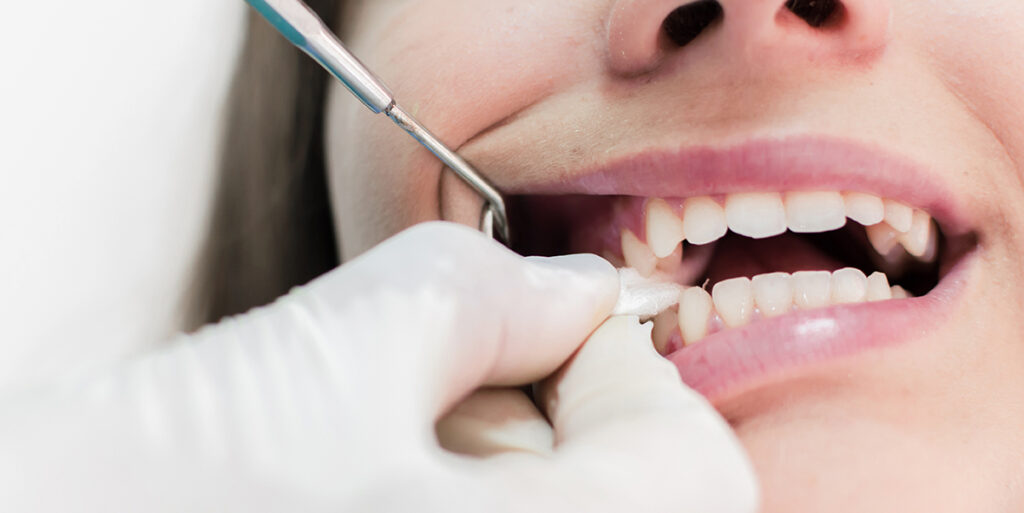
Bite down firmly on the gauze in place for about an hour, then remove it gently.
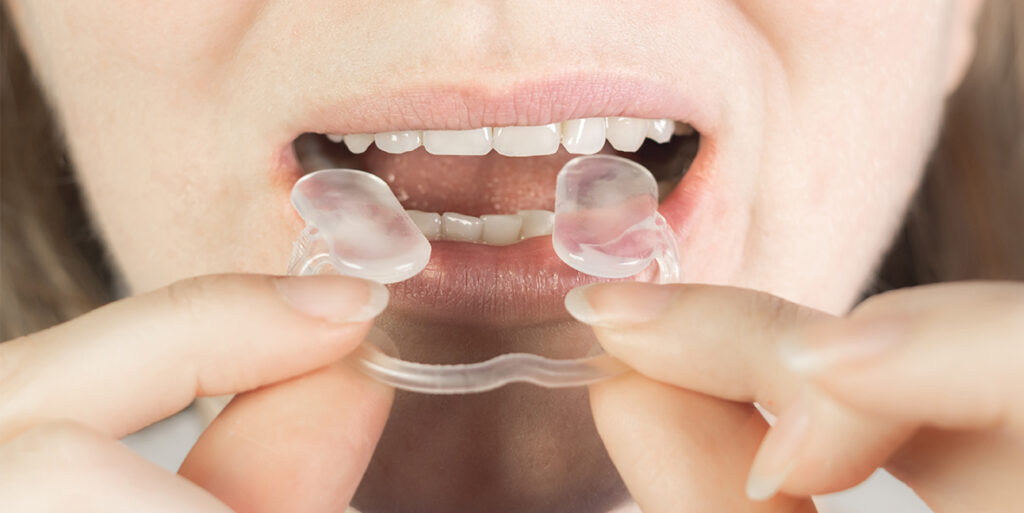
The splint is designed to treat muscle dysfunctions and general disorders of the temporomandibular joint (TMJ) structures.
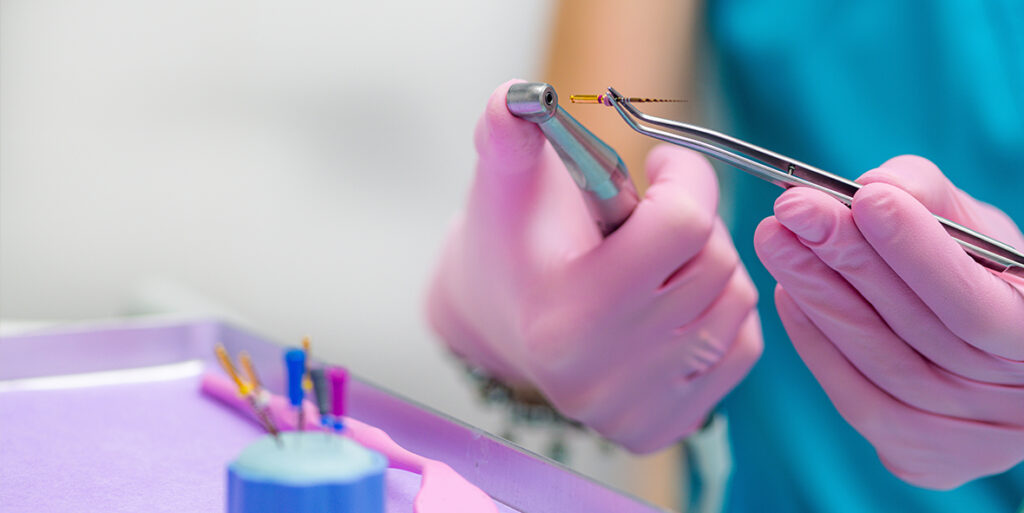
Why do we perform endodontic treatment? The goal of endodontic treatment, also known as a root canal, is to preserve […]
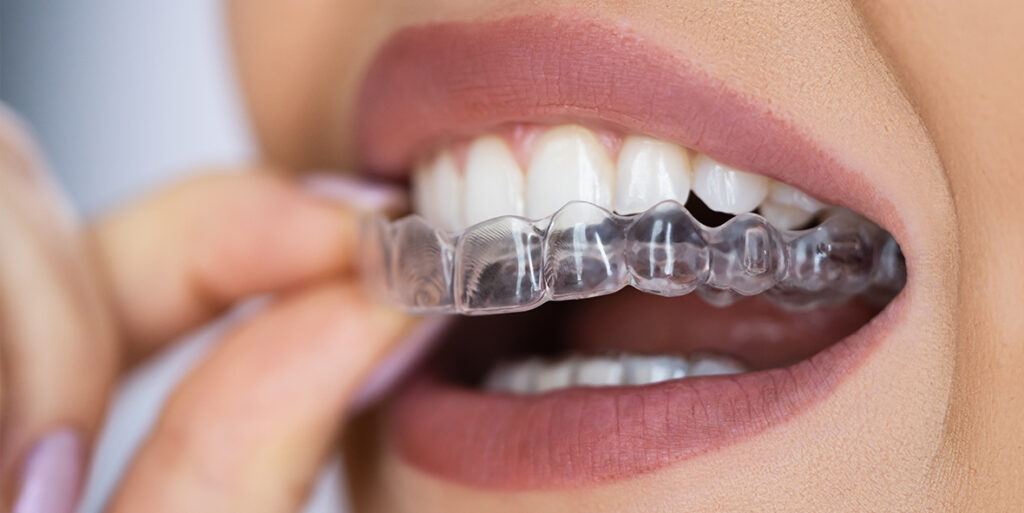
To achieve the best possible results from your treatment with a whitening splint, please follow the provided instructions carefully.
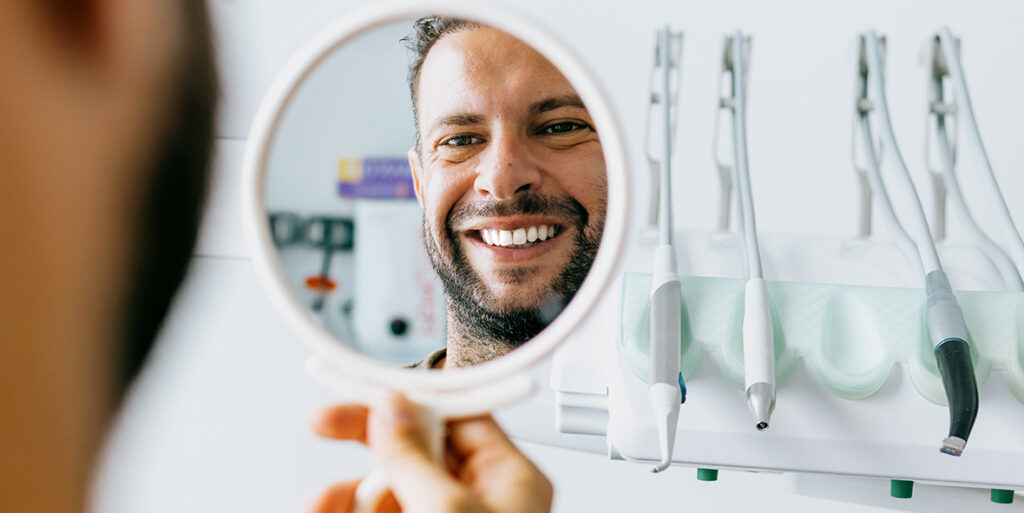
Sit comfortably, lower your shoulders, and relax your jaw. Keep your jaw relaxed and make the “EM” sound, ensuring your […]

Chewing gums: are they good for our teeth or not? The truth is that, under one basic condition, chewing gum […]

There’s plenty of advice out there about brushing your teeth. We’ve picked the 10 most important tips and listed them […]

How often have you wondered if the teeth whitening process—while delivering aesthetically pleasing results—is also safe? The answer from modern […]